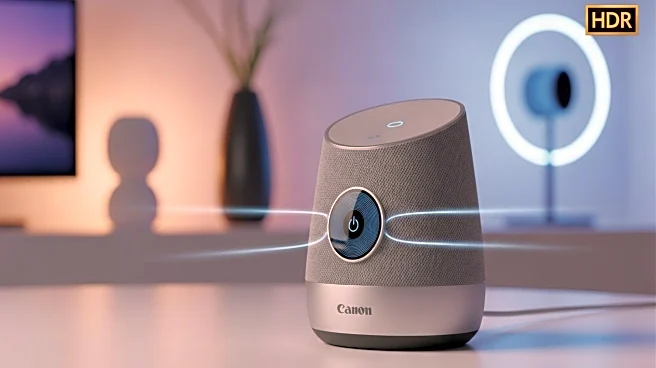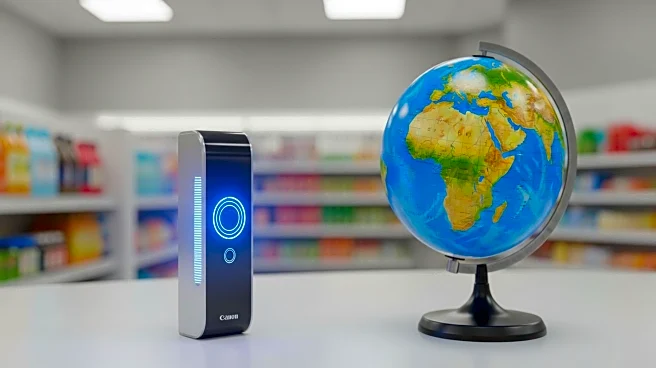What's Happening?
LED bulbs, known for their energy efficiency and long lifespan, often fail prematurely due to several factors. According to experts, the lifespan ratings on LED packaging are averages based on internal testing, and real-world conditions can lead to shorter lifespans. Factors such as overheating, poor electrical power quality, old sockets, high humidity, and incompatibility with older dimmer switches contribute to early LED bulb failures. Manufacturers may use language like 'up to seven years' to describe lifespan, which can be misleading. The failure is often due to the electrical components within the bulb, rather than the diode itself.
Why It's Important?
Understanding the reasons behind LED bulb failures is crucial for consumers seeking to maximize their investment in energy-efficient lighting. Premature bulb failure can lead to increased costs and frustration, undermining the benefits of switching to LED technology. By identifying and addressing the factors that contribute to early failures, consumers can make informed decisions about bulb purchases and installations. This knowledge empowers consumers to choose reliable brands and implement best practices for installation and maintenance, ultimately enhancing the longevity and performance of LED lighting solutions.
What's Next?
Consumers are advised to select LED bulbs from reputable brands and ensure proper installation to mitigate the risk of premature failure. Addressing environmental factors such as heat and humidity, and upgrading to compatible dimmer switches can improve bulb performance. As technology advances, manufacturers may develop more robust LED bulbs with improved components to withstand challenging conditions. Consumers can stay informed about new developments and recommendations by consulting expert reviews and guides on LED lighting.
Beyond the Headlines
The issue of LED bulb failure highlights broader concerns about product quality and consumer expectations in the tech industry. It underscores the importance of transparency in product labeling and the need for consumers to critically evaluate marketing claims. The situation also reflects the ongoing challenge of balancing cost, quality, and sustainability in consumer electronics, prompting discussions about manufacturing standards and consumer rights.










